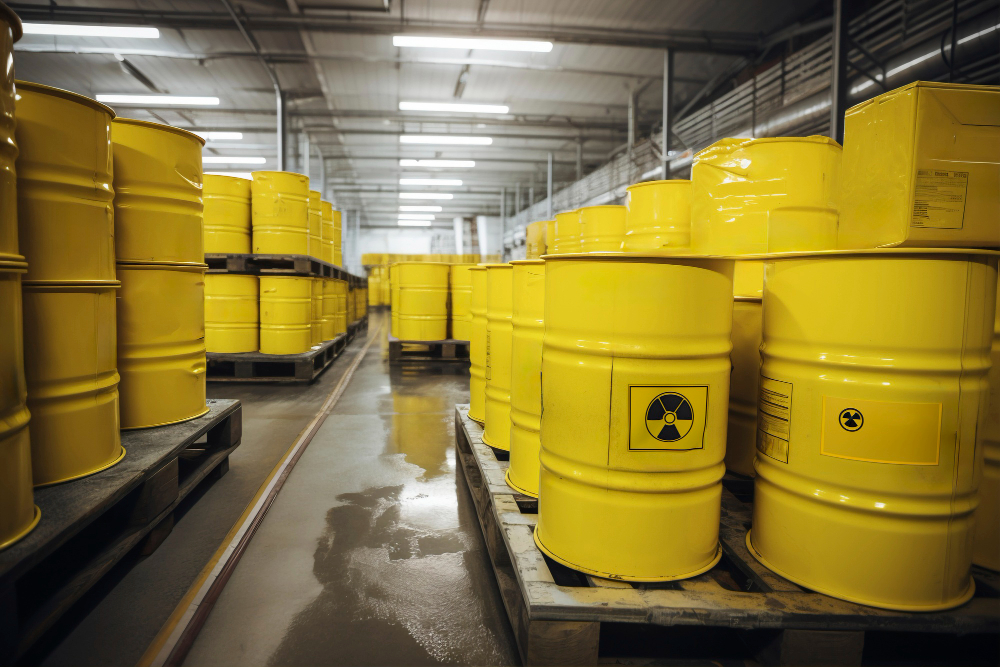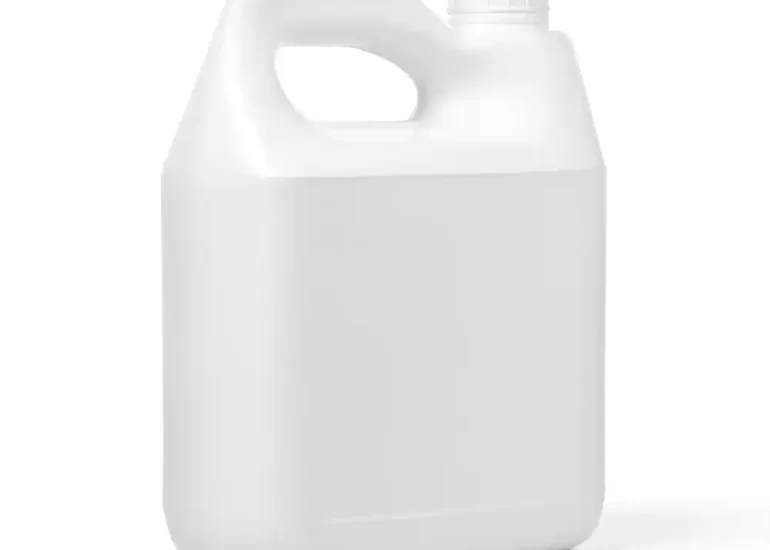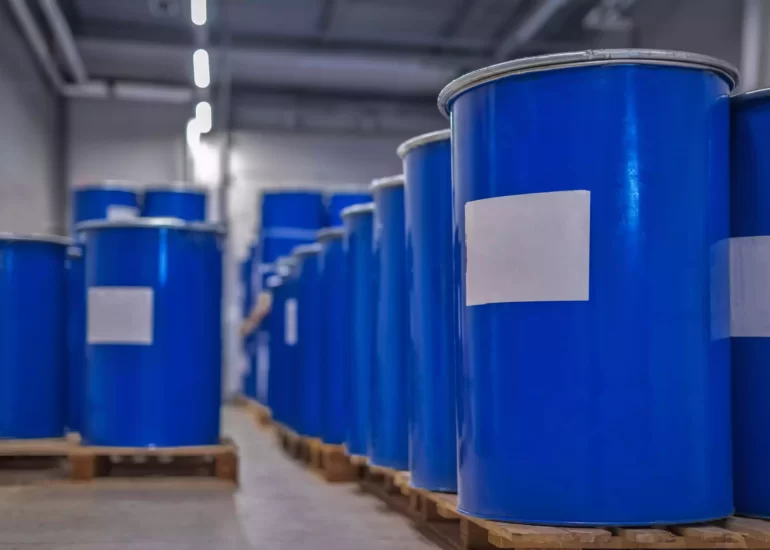Guaranteeing the safety of our goods and addressing environmental concerns are important to us at Innoveda Chemicals. In this research, we explore: Is cyclohexane a volatile organic compound (VOC), and why does it matter? Let’s explore this topic to gain a deeper understanding of its implications for industry and the environment.
We Care About Environmental Impact:
At Innoveda Chemicals, our commitment to sustainability extends beyond product quality to environmental impact. Cyclohexane, a common solvent and precursor in chemical synthesis, plays a significant role in various industries. Understanding its classification as a VOC is crucial for regulatory compliance and minimising environmental harm.
What Is a Volatile Organic Compound (VOC)?
VOCs are organic chemicals that vaporise at room temperature, contributing to air pollution and potential health hazards. These compounds are prevalent in many everyday products, including paints, fuels, and industrial solvents. Regulatory agencies monitor VOC emissions due to their role in forming ground-level ozone and harmful air pollutants.
Cyclohexane: Properties and Uses:
Properties of Cyclohexane:
Cyclohexane is like water, clear and colourless. It can catch fire, so it’s important to handle it carefully. When you smell it, you notice a special smell. Because it evaporates easily (turns into gas), it’s called volatile. This means it can mix with the air around us.
Uses of Cyclohexane:
- Solvent Extraction: Factories use it to take out things they need from mixtures. For example, they can get oil from plants using cyclohexane.
- Chemical Synthesis: Scientists mix it with other chemicals to make new things. It helps in creating plastics, medicines, and more.
- Reaction Medium: In labs, it’s a helpful liquid for chemical reactions. Things can mix well in it to make new substances.
Ecological Issues:
Because cyclohexane easily becomes gas, it can go into the air. This can add to pollution and harm the environment. Scientists and companies need to be careful when using it to reduce these bad effects. They find ways to use less cyclohexane or capture it before it goes into the air. This protects nature and keeps us safe.
Is Cyclohexane a VOC?
The classification of cyclohexane as a VOC depends on regulatory definitions and guidelines. In many jurisdictions, compounds with high vapour pressure, like cyclohexane, are considered VOCs due to their potential to contribute to atmospheric pollution. While cyclohexane itself is not a direct greenhouse gas, its role in volatile emissions during industrial processes necessitates careful handling and monitoring.
Environmental Concerns and Regulatory Compliance:
As a responsible chemical manufacturer, we prioritize environmental stewardship and regulatory compliance. Understanding cyclohexane’s VOC status guides us in adopting best practices for emission control, storage, and disposal. Adhering to stringent regulations not only mitigates environmental impact but also fosters sustainable practices within our industry.
Mitigating VOC Emissions:
We at Innoveda Chemicals employ advanced technologies and practices to reduce VOC emissions across our operations. From efficient solvent recovery systems to process optimization, we continually strive to minimize our environmental footprint. Collaborating with regulatory agencies and industry partners further enhances our commitment to sustainability.
Innovations in VOC-Free Alternatives:
Beyond regulatory compliance, our research and development efforts focus on developing VOC-free alternatives to traditional solvents like cyclohexane. Bio-based solvents, green chemistry initiatives, and solvent substitution strategies promote eco-friendly solutions without compromising product quality or performance. These innovations align with global sustainability goals and contribute to a greener future.
Collaborative Industry Initiatives:
At Innoveda Chemicals actively participate in collaborative industry initiatives and forums to address VOC emissions and environmental challenges collectively. Sharing best practices, and technological innovations, and advocating for sustainable policies strengthens our industry’s sustainability framework. By fostering partnerships and knowledge exchange, we catalyze positive environmental change on a broader scale.
Education and Awareness:
Raising awareness about VOCs, their environmental impact, and responsible usage is integral to our mission. Through employee training programs, customer outreach, and public awareness campaigns, we promote informed decision-making and sustainable practices throughout the supply chain. Empowering stakeholders with knowledge fosters a culture of environmental responsibility and innovation.
Conclusion:
In short, while cyclohexane exhibits volatile properties, its classification as a VOC underscores the need for proactive environmental management in the chemical industry. At Innoveda Chemicals, we prioritize sustainability, regulatory compliance, and innovation to mitigate VOC emissions and promote eco-friendly solutions. By aligning with global environmental objectives and collaborating with industry partners, we contribute to a cleaner, greener future for generations to come.




